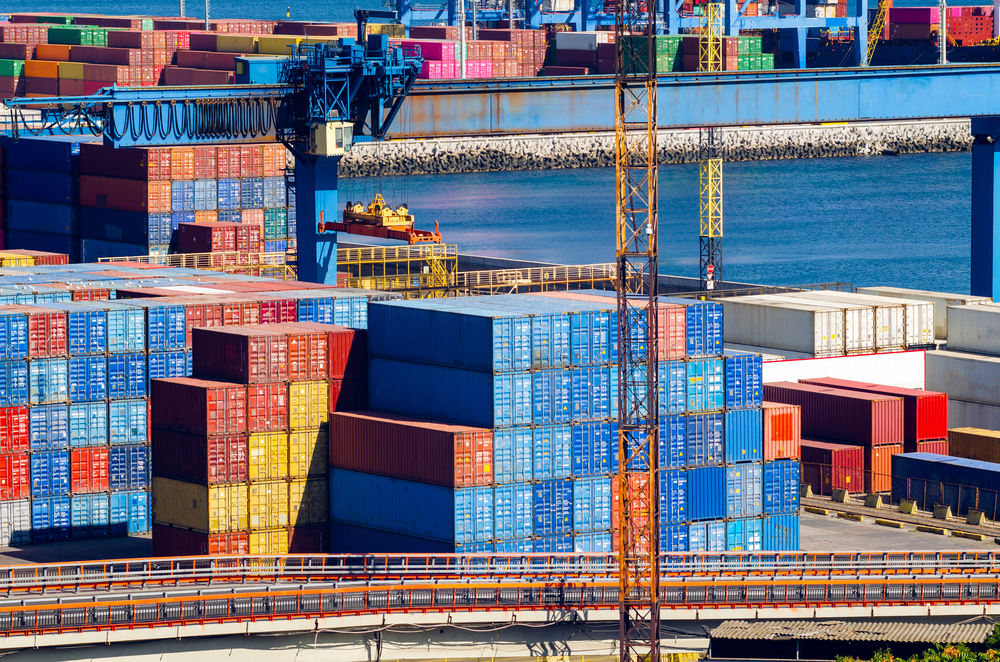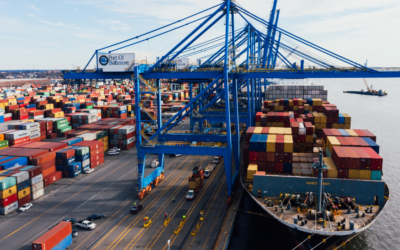Now that Halloween is behind us, retailers and consumers alike are looking forward to Black Friday and holiday shopping. Whether a company sells car parts, toys, calendars, or fruits and nuts, it is affected by the shipping container crisis and ongoing supply chain issues.
If you haven’t planned ahead of time or the situation makes a drastic turnaround in the next few days, it’s likely your products won’t arrive at their destinations on time. In our last blog, we discussed the prospect of “cancelling Christmas” due to the issues off the coast of California, and that congestion still hasn’t been resolved. And to compound that issue, trucks arriving to pick up port shipments are being turned away, and finding a shipping container is getting more challenging. In short, it’s a mess. Here’s what’s new this November.
The (First) Situation: Shipping Container Crisis
The average lifespan of a shipping container is 15–20 years. After that, they are removed from circulation and given a second chance as tiny homes, coffee shops, and even pools. And while that’s wonderful that they get another opportunity at usefulness, there currently aren’t enough containers in use to get products from point A to point B. The reason for this is a dip in production prior to 2020, which was only exacerbated by COVID-19 restrictions. And with purchases of home and home-office products skyrocketing during the pandemic, the need increased—leading to some brands paying ten times their regular shipping costs in the last year and a half.
And that’s only the tip of the shipping container crisis. For small companies that can’t fill a container on their own and rely on shared space with other companies shipping globally, they are getting overrun by larger companies. As an example, when Apple launches a new iPhone, available containers are diverted to meet their needs.
The (Second) Situation: Ongoing Supply Chain Issues
It’s not enough that there aren’t sufficient shipping containers for all the companies that need them. Add to that the ongoing situation with the supply chain. At the end of October, roughly 530,000 containers were stuck on ships off the ports of Los Angeles and Long Beach. Once they make it to land, the situation isn’t much better due to the lack of storage space. And it’s not for a lack of trying on the part of truck drivers, who have often been turned away when attempting to retrieve their cargo.
In addition, there is a significant shortage of truck drivers. The Great Recession has seen a number of employees quitting their jobs (approximately 20 million this summer), and that is leaving the trucking industry in a bind. Currently, industry experts say there is a shortage of nearly 80,000 truck drivers across the US.
Projection: Plan Ahead and Have Alternatives
The challenges are snowballing: the shipping container crisis, port congestion, and an employee shortage are compounding to lead experts to continue to predict we will be in 2022 or even 2023 before we’ll see some semblance of pre-COVID-19 normalcy.
In October, President Biden announced that the Ports of Los Angeles and Long Beach would remain open 24/7 to battle through the logjam, but so far, that’s not proved as effective as the administration might have hoped. Even with larger retailers, such as FedEx and Walmart, jumping on the always-open bandwagon, the ports are still backed up.
Recommendations
Unfortunately, there’s not much to be done at this moment in time—other than to find alternatives. Air freight is a viable, albeit expensive, choice for some companies. Peloton famously changed to air over water transportation at the beginning of 2021 and has avoided the backlog.
Another option is to source locally where possible. Of course, for many companies, this just is a nonstarter given what they sell.
Your best defense to overcome the shipping container crisis and supply chain issues is, as with anything, a good offense. That means working with a freight forwarder such as Cyclone Shipping.
As your partner in international shipping, we help you navigate this or any potential supply chain crisis. We are in constant communication with shipping and logistics companies to create the best possible outcome. Although we do not have a crystal ball to foresee the future, we are always looking several steps ahead to ensure we have multiple plans to get your shipments from point A to point B.
Contact us to develop your strategy and keep your shipments moving in the right direction.




